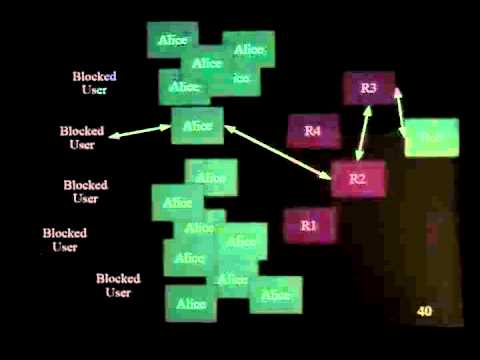Description:
Explore an in-depth analysis of the Tor network and circumvention techniques in this invited talk from Crypto 2011 at the University of California, Santa Barbara. Delve into the fundamentals of Tor, its threat model, and the crucial distinction between anonymity and encryption. Examine how different user groups, including law enforcement, journalists, and activists, benefit from anonymity. Investigate the current state of internet privacy and the challenges faced by simple relay designs. Learn about the basic Tor architecture, including its centralized directory protocol and bridge discovery methods. Analyze the goals of potential attackers and the various threats to anonymity. Discuss the impact of publicity on anonymity networks and the importance of advocacy and education. Gain insights into measuring bridge reachability and other key components of circumvention technologies.

Tor and Circumvention: Lessons Learned, by Roger Dingledine
Add to list
#Computer Science
#Computer Networking
#Tor (The Onion Router)
#Information Security (InfoSec)
#Cybersecurity
#Cryptography
#Encryption
#Anonymity
#Information Technology
#Digital Rights
#Internet Freedom